Nestled on the bank of the River Tweed in the Scottish Borders, Paxton House is an eighteenth-century home and museum with exceptional collections. The Chippendale and Trotter furniture is recognised as being of international importance, and the building itself is Grade A listed. But what else lies hidden in storage?
In 2021, with the support of the Art Fund’s Jonathan Ruffer Curatorial Grant, Dr Emily Taylor, Assistant Curator European Decorative Arts, visited Paxton House over a period of six months to work alongside Dr Fiona Salvesen Murrell, Consultant Curator for the Paxton Trust. Their mission? To assess and bring together the historic costume collections and re-evaluate their importance.
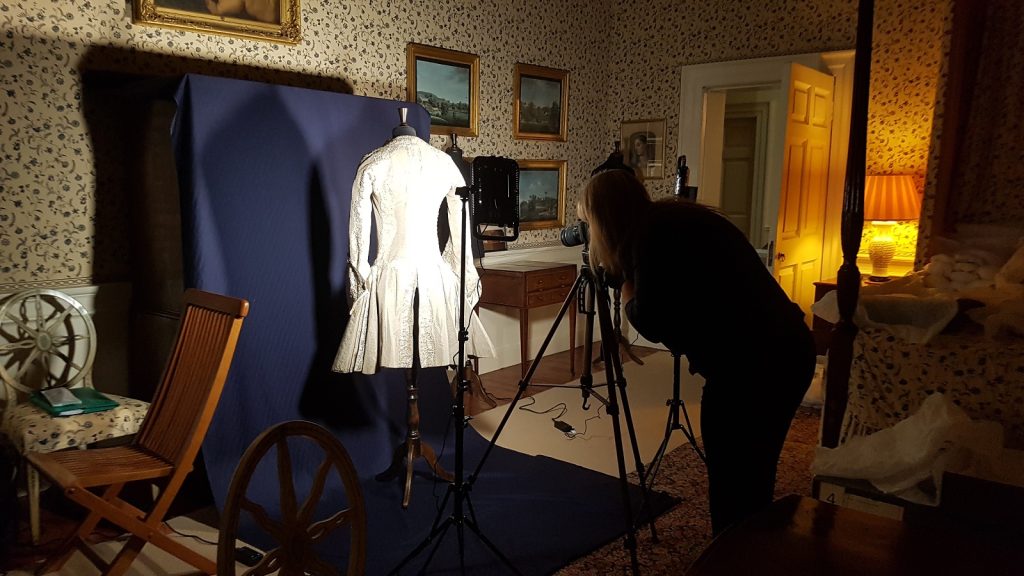
The costume collection was formed by the Home family, who owned Paxton House until 1988 when the House and most of the collections were given to the nation by former Labour MP, John Home Robertson. During the project, the costumes were re-examined in detail to standardise previous cataloguing of the collection, then photographed and re-packed to best support their preservation and enable future access by researchers.
To fully understand the importance of each item, historical research and consultation with academics and museum specialists clarified dating and connections to the Home household. Long term, this will help inform new directions for the Paxton Trust collection curation. Almost 400 items were found to be in the costume collection and some of the military pieces were able to be connected back to their original owners for the first time.
For example, a cavalry sabretache case of circa 1860-79, which had belonged to Arthur Charles Pole (1847-1879) of the 13th Hussars, father of Margaret Florence Pole (1879-1951) who married David William Milne Home (d.1918). This demonstrates the importance of marital and womens’ connections in forming the Paxton Trust collections.
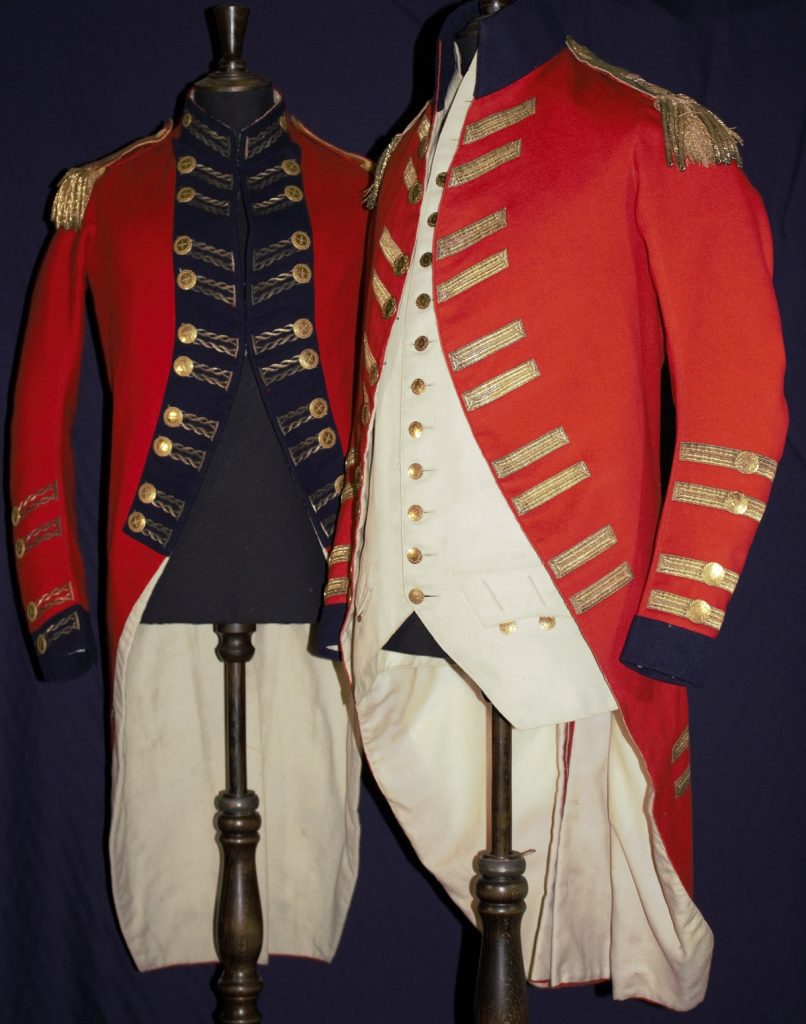
The earliest item of dress is a beautifully embroidered nightcap decorated with oak leaves and silver threads, dating to c.1600. A question mark hangs over whether the nightcap has descended through the family or was bought as part of an antiquities collection. If it once originally belonged to a Home family member, the cap would have been contemporaneous to George Home of Wedderburn (1552-1616), briefly Comptroller of the Scottish Exchequer, and his brother, David Home of Godscroft (1558-c.1630), historian and father of the mathematician James Hume (b.1584).
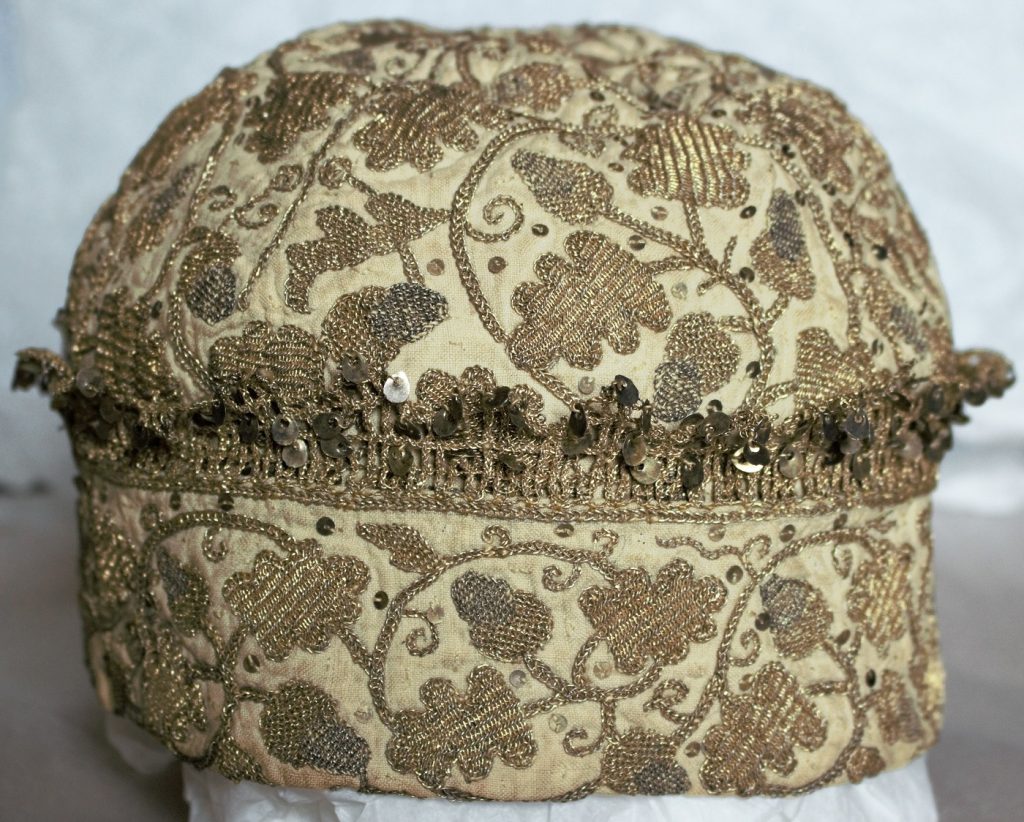
The rich embellishment of the nightcap was an identifier of class and privilege. The last sumptuary proclamation made by Queen Elizabeth I in 1597 ‘deemed that none but Knights of the Garter, Privy Councillors, Barons, and those higher in social rank could wear embroideries of silver and gold’. The wearing of a nightcap itself was an indicator of elite status, as an indoor garment seen only by intimates.
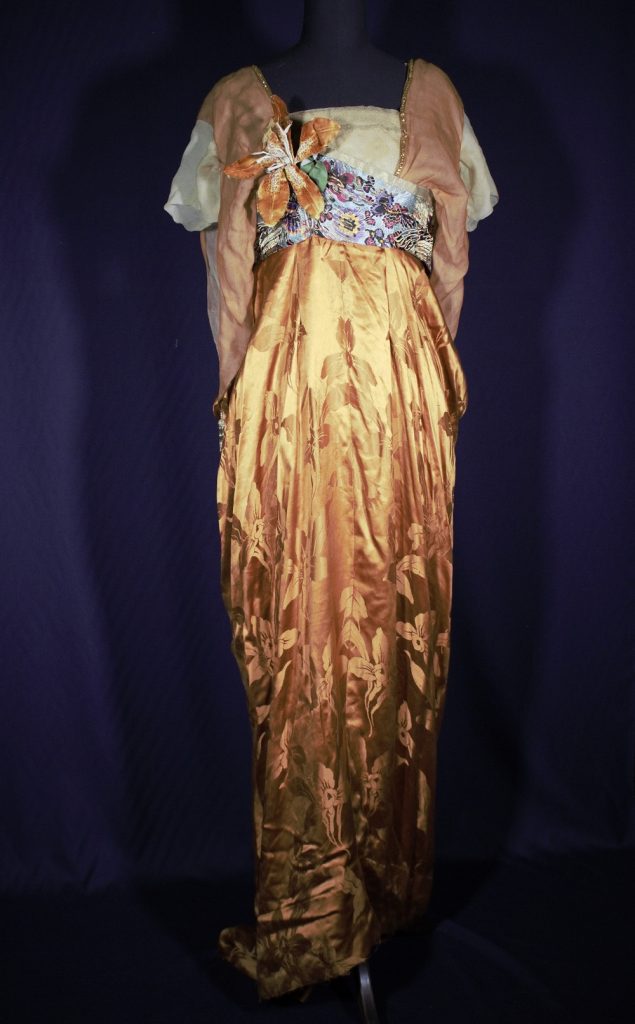
The most recent items in the Paxton collection include women’s dresses, children’s clothing, and a butler’s outfit from the mid-20th century. The butler’s clothes tell a story of heroism and patronage. Bought from Burton’s, they belonged to John Arthur Standage. A note accompanying the items described how John Arthur Standage was found a position of work at Paxton for himself and his wife by the army officer he was Batman for in World War II: ‘John Standage saved his officer’s life in Palestine’. John’s wife Regina moved to Paxton in May 1943 with their two sons. He joined them to take up a position as Butler at Paxton House in 1946, then from 1948 worked in Paxton House market garden.
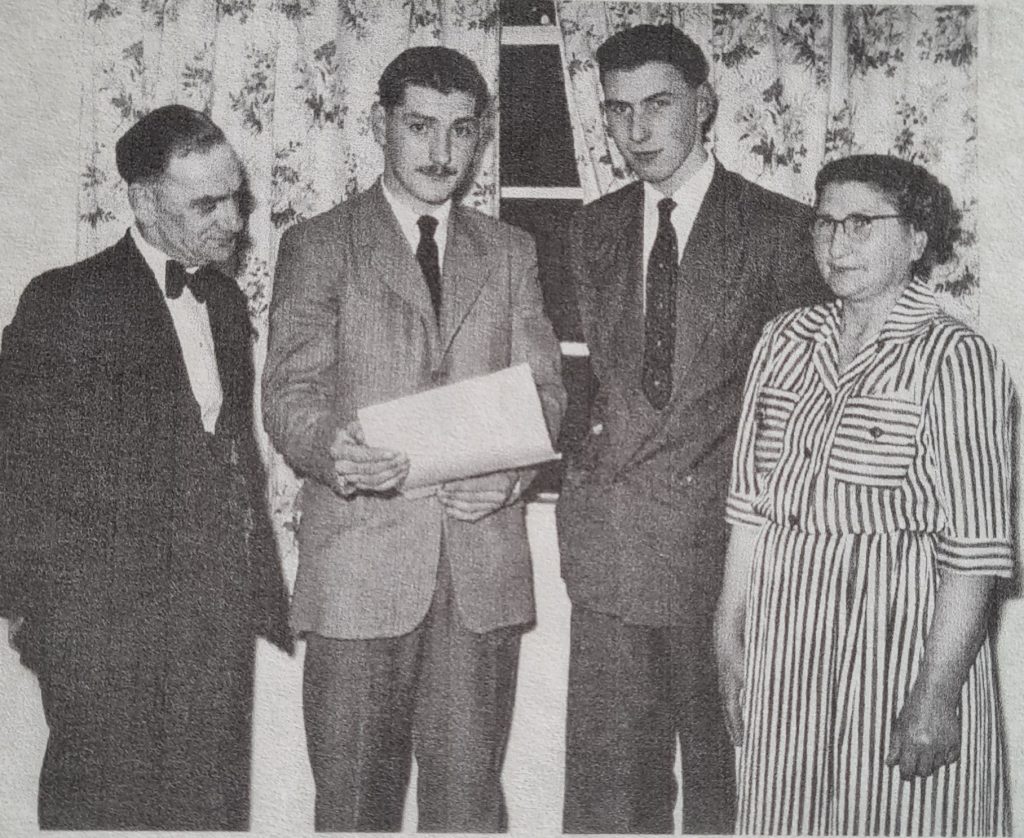
The most remarkable group of clothing in the collection dates to c.1750 and was worn by Patrick Home (1728-1808), who later built Paxton House. Patrick wore the garments when in Europe, notably at the Court of King Frederick the Great of Prussia. They include sumptuous coats and waistcoats of velvet, wool, and silk some of which are beautifully embroidered in gold, silver, or silk thread.
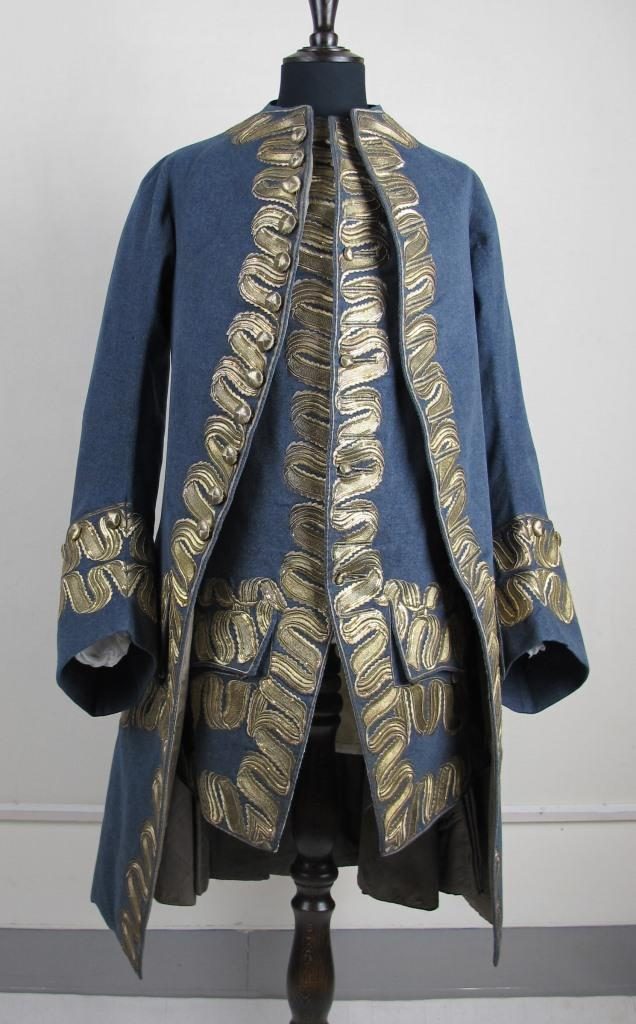
One of Patrick Home’s pieces is particularly spectacular: the unique costume and matching horse regalia made for his participation in King Frederick II’s Berlin Carousel in August 1750. The Carousel was the culmination of a month of festivities celebrating the King’s older sister’s visit. It was a torchlit display of horsemanship, jousting, target practice, and dancing to music attended by 4,000 people including the French writer, Voltaire. Patrick’s inclusion in the event as a non-courtier is remarkable and perhaps testament to his horsemanship; required to carry out the complex dressage and jousting maneuvers of the Carousel.
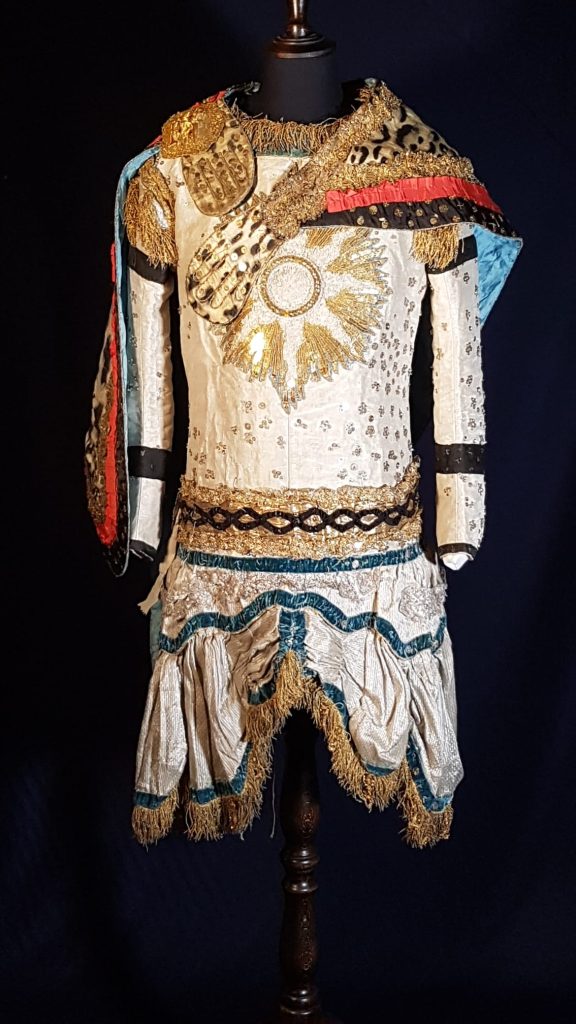
Patrick’s costume represented him as a Carthaginian knight. His team competed against three others – the Romans, the Persians and the Greeks. His is the only costume known to have survived from the Carousel and is made of silk, silver, gold, including a silk cape imitating a leopard skin.
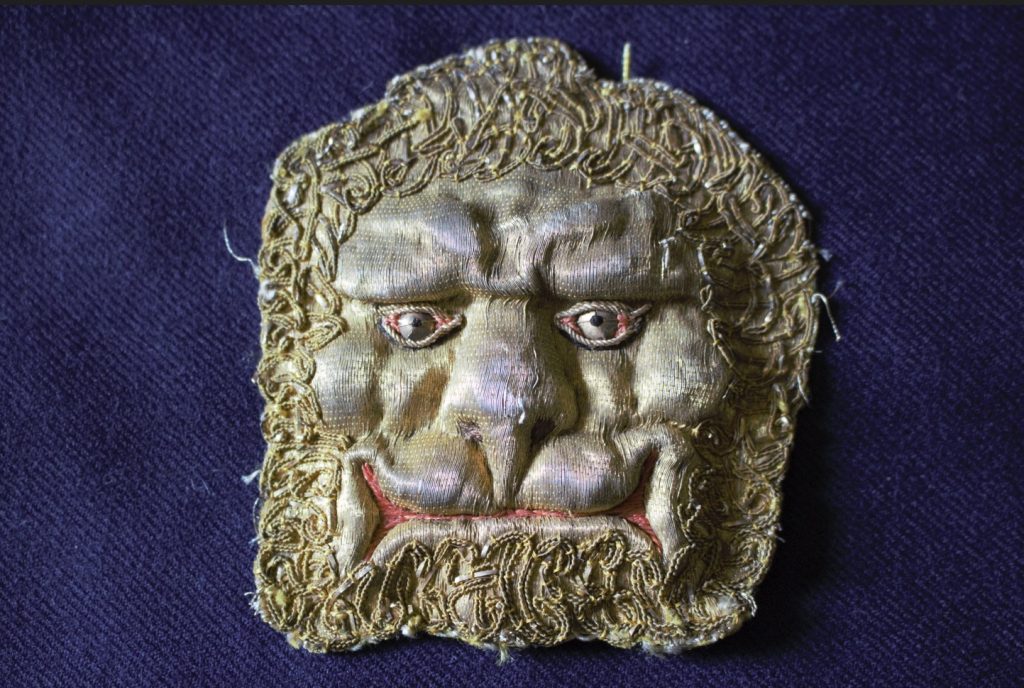
This and several of Patrick’s outfits can be seen in the new costume exhibition, Parallel lives, worlds apart: from sugar plantations in Grenada to life at Court, and other stories from the costume at Paxton House. This exhibition explores the parallel lives of several owners of Paxton House from the mid-18th century in Scotland, Europe, Virginia, and Grenada and those whose lives were intertwined – enslaved African people, friends, and family descendants. The aim is to explain a fuller history of Paxton and its previous owners’ links with slavery.
The knowledge share project supported by the Art Fund enabled Emily to assist Fiona in gaining confidence curating the costume collection and making contacts across professional dress and textile networks in the lead up to the exhibition. Continuing from the knowledge share project the Paxton House costume store has undergone refurbishment with the support of the The Esmée Fairbairn Collections Fund.
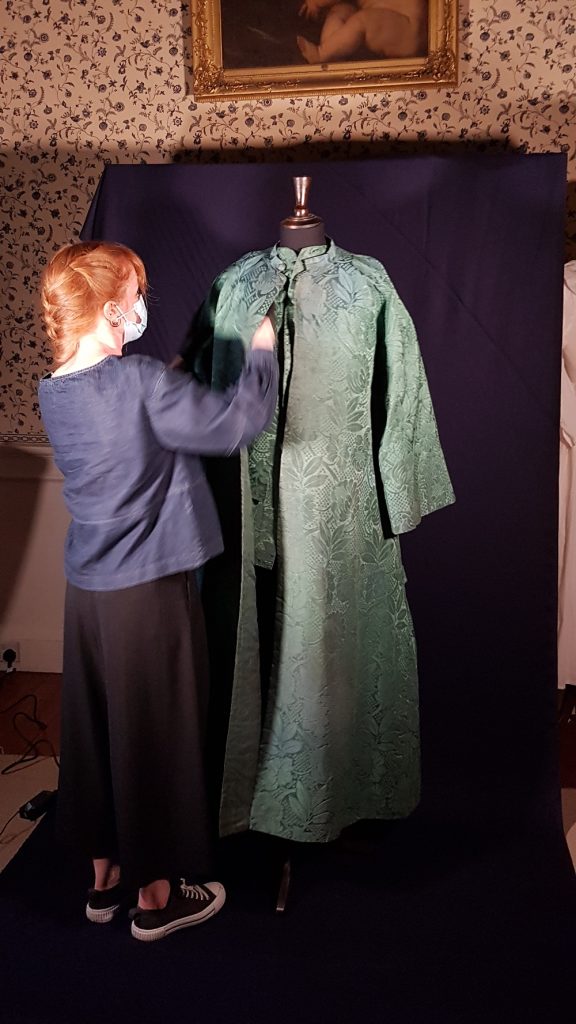
Parallel Lives, World’s Apart has been additionally generously supported by: The Esmée Fairbairn Collections Fund, Museums Galleries Scotland, and The Textile Society.
Visit the Paxton House website for more information on their costume collection.
Further reading
Naomi E. A. Tarrant, ‘An Outfit from the Berlin Carousel of 1750 at Paxton House, Berwickshire’, Costume, Volume 38 Issue 1, Page 1-11 (https://doi.org/10.1179/cos.2004.38.1.1)
Danielle Sprecher, ‘Demob Suits: One Uniform for Another? Burtons and the Leeds Multiple Tailors’ Production of Men’s Demobilization Tailoring after the Second World War’, Costume, Volume 54 Issue 1, Page 108-130 (https://doi.org/10.3366/cost.2020.0145)
Andrew Morrall and Melinda Watt (eds), English Embroidery from The Metropolitan Museum of Art, 1580-1700 ‘Twixt Art and Nature (The Bard Graduate Centre, 2008)

